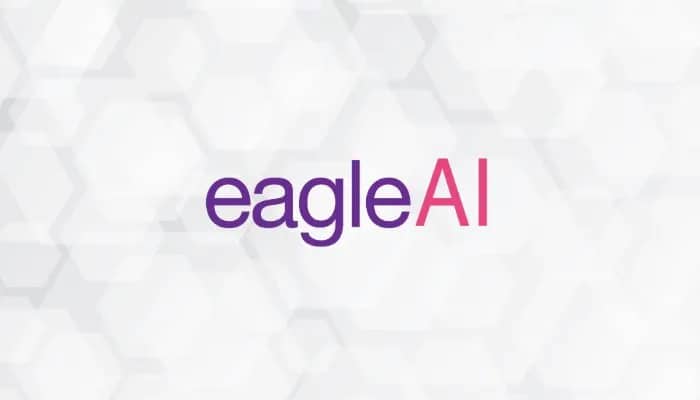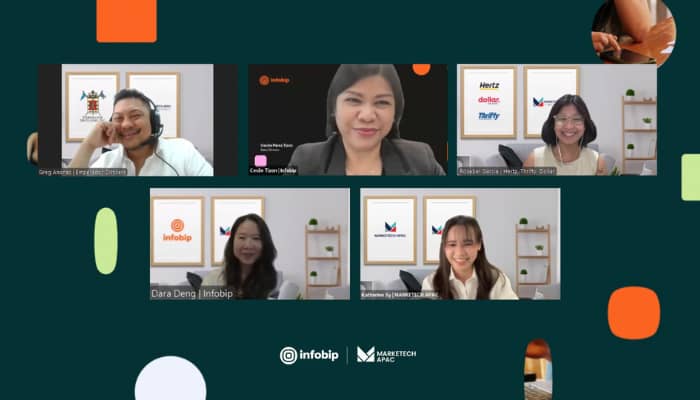Personalised customer interactions have become critical for retail success. Despite this simple notion, retailers have often struggled to offer truly personalised experiences to their consumers. However, due to rapid advancements in technology, the retail sector is poised to embrace a new era of hyperpersonalisation.
As discussed in Eagle Eye’s latest ebook, while personalisation has been around in some shape or form since the dawn of commerce, it’s long been primitive unless face-to-face service is possible.
Even during the final decades of the 20th century, we all still lived in a ‘mass media’ society where businesses broadcast one-size-fits-all offers (10% off Father’s Day sale!) to the broad audience watching a top-rating sitcom or widely read magazine.
Technological progress has made collecting data on individual shoppers and targeting them much more straightforward. But, until very recently, there were limits on how far personalisation could be taken.
What was universally called ‘personalisation’ was actually (slow-moving) segmentation.
A brand or retailer might divide their customers into segments and match them with different rewards or challenges. But they certainly weren’t providing unique rewards or challenges specifically tailored to individual customers.
Likewise, loyalty programs have historically operated on long time frames. For instance, it may take 10 visits and an outlay of over $1000 for a shopper to ‘earn’ a reward from a retailer. In an age where consumers have been demanding and receiving ever more instant gratification, many loyalty programs have assumed a brand or retailer’s customers will demonstrate plenty of patience.
That’s what the loyalty program landscape looked like up until very recently. However, technology has now reached a point where retailers and brands can generate vast amounts of individually tailored offers in the blink of an eye.
A small but growing number of brands and retailers are already taking advantage of this real-time hyperpersonalisation. Soon, any that aren’t will be at a competitive disadvantage.
The next big retail revolution has started
To understand where retail is going, it’s worth outlining where it has been recently.
It’s now almost two decades since Apple released the first iPhone. For obvious reasons, those in the industry have long been obsessed with omnichannel marketing and providing a seamless customer experience.
That commitment to providing a solid omnichannel experience isn’t going away. However, the early adopting brands and retailers are now focused on one-to-one marketing – literal one-to-one marketing. Given that rapidly unfolding industry shift, Eagle Eye now sees its role as powering the personalised marketing revolution.
It’s not just Eagle Eye and its high-profile clients, such as Tesco, Virgin and Woolworths, thinking this way. There’s a growing consensus that one-to-one marketing will be the Next Big Thing in retail marketing.
In a 2023 article, Forbes wrote that brands were now ‘on the hook’ to deliver a future of hyperpersonalised and AI-driven shopping experiences. The piece cited a Salesforce report suggesting that 73% of respondents expect companies to understand their unique needs and expectations.
Segmentation vs true personalisation
While most loyalty programs no longer operate on an ‘open a bank account, get a toaster’ basis, neither do they typically offer actual personalisation. At best, they provide sophisticated segmentation. That is, they break their customer base into segments and then provide the best-fit offers and challenges to the different segments.
While technology has allowed for more sophisticated and often more effective segmentation, it’s still segmentation.
Until recently, it would have been impossible to locate and analyse a particular customer’s data, first-party or otherwise, and instantly offer them a reward or challenge. (A reward or challenge that will delight the customer and benefit the loyalty program provider.)
That’s no longer impossible. What’s more, a growing number of retailers have increased their sales and widened their margins by embracing ‘real-time personalisation’.
For example, multinational British groceries and retailer Tesco is using Eagle Eye’s AI algorithms to create personalised challenges for its Clubcard members, tailoring offers based on individual customer preferences, spending habits, and reward goals. Each challenge, seen in the Tesco app, targets specific motivations like pleasing others or rewarding oneself with points while encouraging purchases of relevant products.
In the very near future, we should expect to see hyperpersonalisation become the standard rather than the exception in retail. Customers already expect tailored experiences based on their preferences and past behaviours. Businesses that look to embrace hyperpersonalisation strategies and technologies stand to forge stronger customer relationships, drive greater loyalty and achieve success.

This thought leadership is written by Jonathan Reeve, Vice President, APAC, Eagle Eye
The insight is published as part of MARKETECH APAC’s thought leadership series under What’s NEXT in Marketing 2024-2025, a multi-platform industry initiative which features marketing and industry leaders in APAC sharing their marketing insights and predictions for the upcoming year.

















